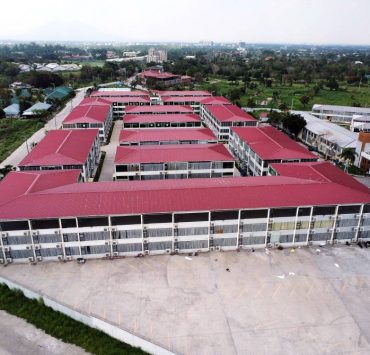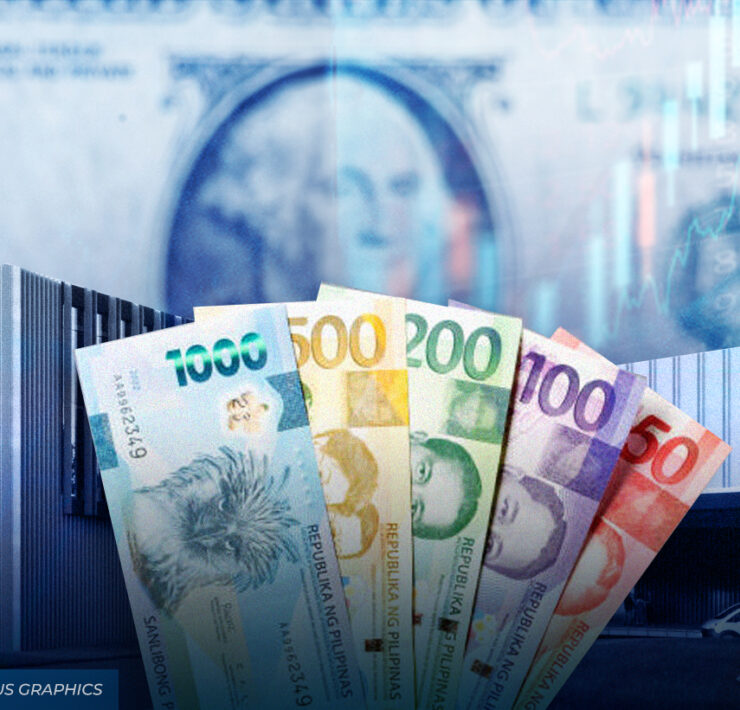WB upgrades PH growth outlook, flags AI risks

The World Bank upwardly revised its growth forecasts for the Philippines for 2024 and 2025 on expectations of “more robust” domestic demand, while also seeing a big drop in the poverty rate.
That is according to the Washington-based multilateral lender’s latest “East Asia and the Pacific Economic Update”, which, however, also flagged the Philippines’ vulnerability to the labor displacement effect of artificial intelligence (AI), something that may affect the relationship between growth and job dynamics.
WB now projects that gross domestic product (GDP) would grow by 6 percent this year, better than the previous forecast of 5.8 percent. The growth projection for next year was also upgraded to 6.1 percent, from 5.9 percent before. For 2026, the bank expects the local economy to expand by 6 percent.
If those projections come to pass, economic growth this year would hit the low end of the 6 to 7 percent target of the Marcos administration, but fall short of the 6.5 to 7.5 percent goal for next year. GDP growth in 2026 would likewise miss the 6.5 to 8 percent target that the government set for the last three years of President Marcos’ term.
WB said its more bullish outlook is based on its assumption that household consumption “will remain as the main growth engine”, supported by steady flow of remittances, a healthy labor market and lower inflation.
At the same time, interest rate cuts by the Bangko Sentral ng Pilipinas are expected to boost consumer spending.
State expenditures, meanwhile, are projected to remain above 5 percent of GDP despite an ongoing fiscal consolidation meant to cut government debt and budget deficit.
”Strong growth will be driven by robust domestic demand, benefiting from more accommodative monetary policy, and sustained public investment,” the lender said.
Poverty and AI
Moving forward, WB said further improvements in the local job market and easing of inflation would boost family incomes and help lick poverty.
Using its own metrics, the institution said in a separate report that poverty incidence is projected to fall to 13.6 percent this year and deeper to 11.3 percent in 2026, from 17.8 percent in 2021. This would put the government closer to Marcos’ goal to slash the poverty rate to 9 percent by 2028.
However, WB said the Philippines, Thailand and Malaysia are “relatively more exposed” to AI-induced job losses compared with other countries in the region due to their “higher engagement in cognitive services sectors” like customer service.
Women are also more vulnerable to AI’s displacement effect than men, especially in the Philippines and Malaysia, WB said.
At a press conference, Aaditya Mattoo, chief economist for East Asia and the Pacific at WB, said lower wages in the Philippines compared with advanced economies would help secure jobs in the local business process outsourcing (BPO) sector, where AI adoption is increasing.
“And since their wages are still so much lower than the wages of anybody in Europe and the United States, their (Filipino BPO workers) absolute advantage will grow,” Mattoo said.





















